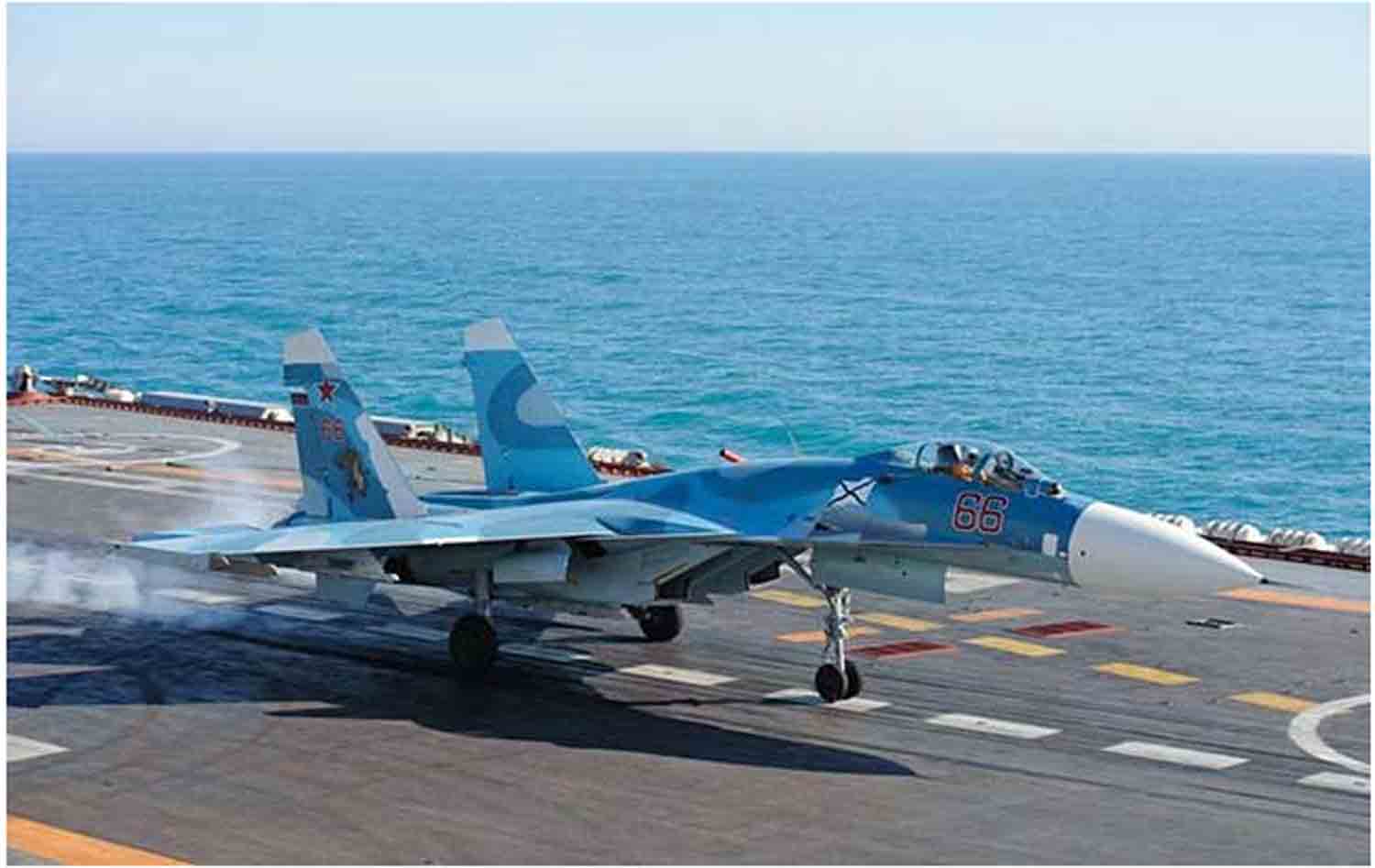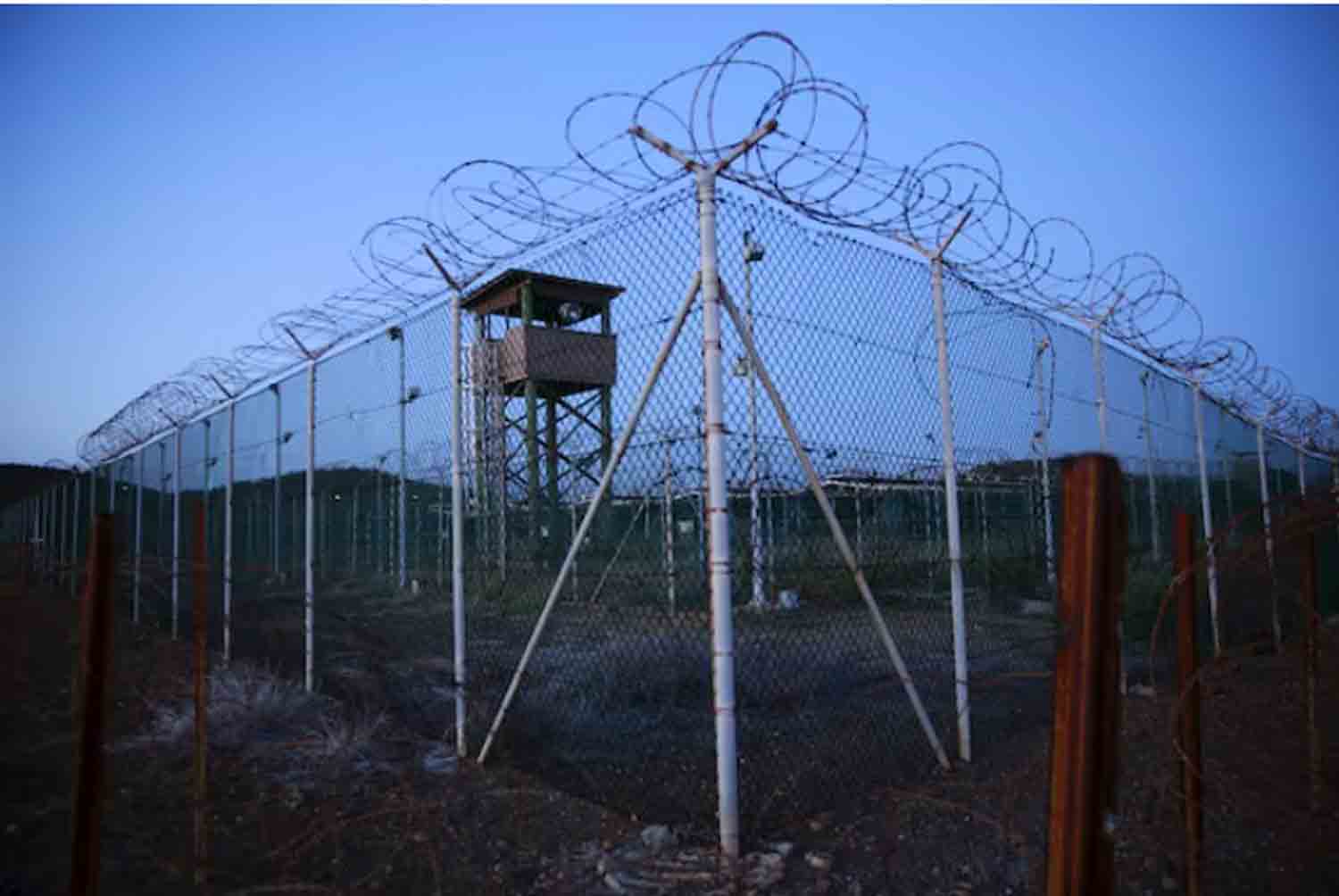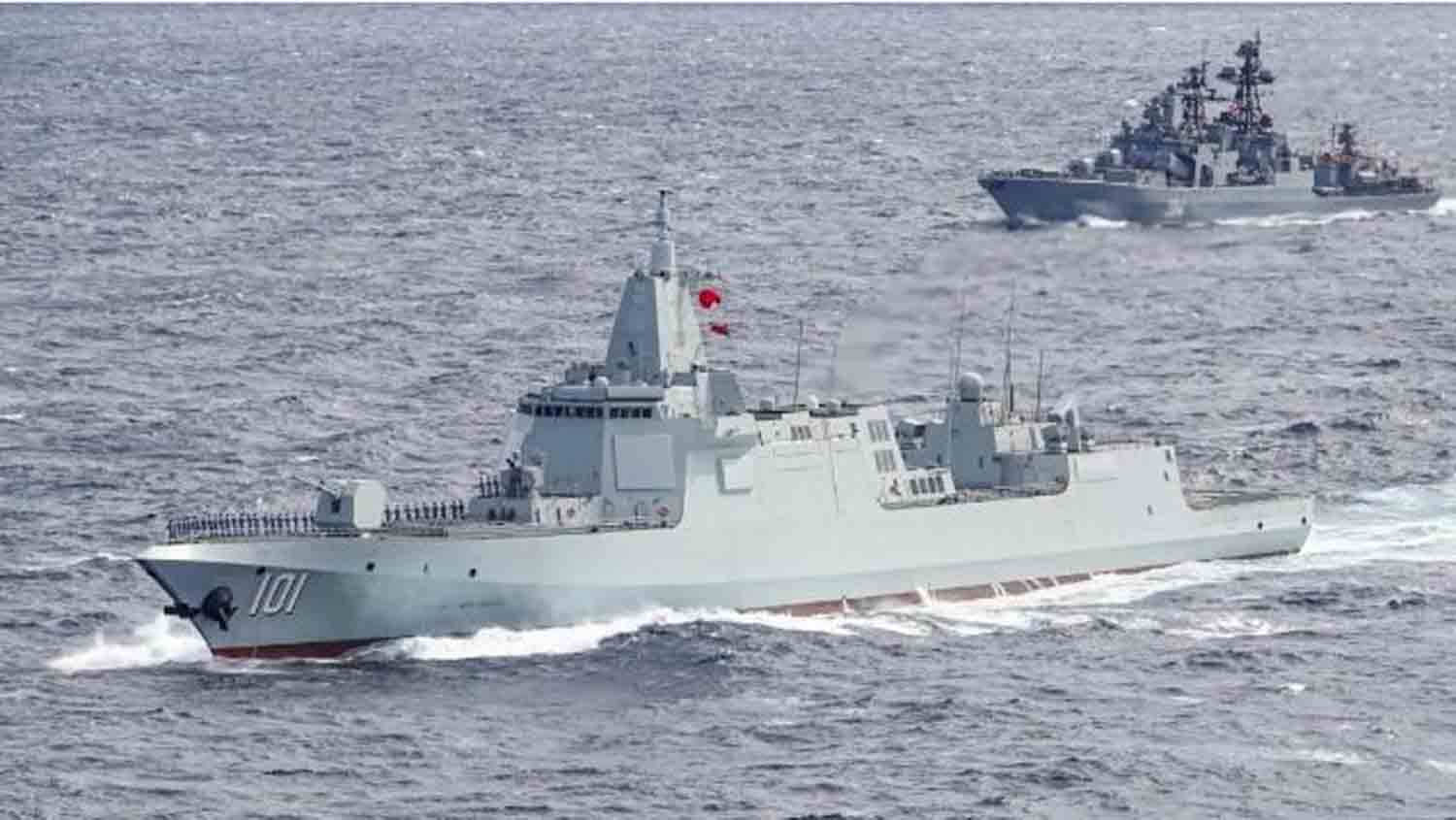Two Russian strategic missile carriers, the Tu-95MS, referred to by NATO as “Bear,” conducted a flight over the neutral waters of the Barents and Norwegian Seas as part of a show of force reminiscent of Cold War practices.
These bombers were accompanied by heavily armed MiG-31 interceptors and carrier-based Su-33 fighters, highlighting Moscow’s capacity to project air power well beyond its borders.
The Russian Ministry of Defense reported that the flight lasted over four hours, during which the strategic bombers were “accompanied” by foreign fighters—likely Norwegian F-35s or British Typhoons, which routinely intercept Russian aircraft in this area.
Such missions are not uncommon; Russia frequently sends Tu-95MS bombers on long-range patrols across the Arctic, North Atlantic, and other strategic regions to showcase its nuclear deterrence capabilities globally. However, this recent mission occurs against a backdrop of increased tensions between NATO and Moscow, particularly following Russia’s invasion of Ukraine.
While the Russian military claims these flights adhere to international regulations, they often lead to heightened activity from Western air forces. It remains uncertain whether this latest flight was a standard operation or a reminder from the Kremlin that its strategic forces are on high alert.
The use of the carrier-based Su-33 for escorting strategic bombers is particularly significant, as this role is typically filled by MiG-31s, Su-30SMs, or Su-35Ss, which possess greater operational range and advanced air combat capabilities.
The Su-33, designed for carrier operations on Russia’s sole aircraft carrier, the Admiral Kuznetsov, has limited effectiveness in land-based missions due to its outdated avionics and inability to carry modern long-range missiles like the R-37M.
The deployment of the Su-33 in this operation may imply several strategic considerations. One interpretation is that the Russian Navy is seeking to broaden the operational scope of these fighters, particularly given the extended repairs of the Admiral Kuznetsov.
In the absence of its aircraft carrier, the Su-33 lacks a dedicated operational base, prompting the Russian Navy to explore its capabilities in alternative roles, such as providing escort for strategic bombers.
Another interpretation could pertain to training objectives. The Russian military might have utilized this mission as a joint exercise involving both the Aerospace Forces and the Navy. This would be particularly relevant amid escalating tensions in the Arctic, where Moscow is enhancing its military footprint with upgraded bases and air defense systems.
A more pragmatic explanation could be logistical in nature—it’s possible that the Su-33 was the most accessible fighter available for this mission, especially if other aircraft were occupied with different tasks.
Nonetheless, the inclusion of this specific model raises concerns regarding its operational effectiveness in such contexts. The Su-33 is hindered by its aging radar and weaponry, especially when juxtaposed with the more advanced Su-35S or the upgraded Su-30SM2.
This action could also serve as a message to NATO, indicating that Russia possesses greater flexibility in deploying its combat aircraft than is commonly perceived. Should Moscow persist in utilizing the Su-33 for similar missions, it may suggest that the Navy is focused on maintaining pilot readiness for future operations, which could involve additional aircraft carriers or innovative tactics for safeguarding strategic bombers in contested airspace.
The Su-33, also referred to as the Su-27K or Flanker-D, is a twin-engine, single-seat air superiority fighter designed for carrier operations. Developed by the Sukhoi Design Bureau and manufactured by the Komsomolsk-on-Amur Aircraft Production Association (KnAAPO), it represents a naval variant of the Su-27, specifically adapted for operations from aircraft carriers.
Significant changes that converted the Su-27 into the Su-33 encompass a strengthened airframe and landing gear designed to endure carrier landings, folding wings and stabilizers, and enlarged wings for enhanced low-speed performance. The aircraft also features integrated canards for improved maneuverability and reduced takeoff distance, more powerful AL-31F-M1 engines, a twin nose wheel, and capabilities for aerial refueling.
The inaugural flight of the Su-33 occurred in 1987, with its first carrier operations on the Admiral Kuznetsov commencing in 1989. It was officially commissioned into service in August 1998. The Su-33 is engineered for all-weather missions, capable of both air superiority and strike operations.
This aircraft is outfitted with sophisticated flight and navigation systems that aid pilots during carrier landings, a continuous data link with the carrier, and additional weapon hardpoints to boost its combat effectiveness per mission.
Its propulsion system comprises two AL-31F Series 3 engines, providing a total thrust of 15 tons without afterburner and 25 tons with afterburner, enabling the aircraft to achieve a maximum speed of 2,300 km/h at altitude and 1,300 km/h at sea level. The Su-33 can ascend to 17,000 meters and execute maneuvers with forces of up to +9 g.
The Su-33 is equipped with a radar system for air and ground surveillance, navigation, and targeting of weapons, including air-to-air and air-to-ground missiles, as well as unguided bombs.
Tailored for naval operations, the aircraft includes specialized anti-corrosion coatings to prolong its operational lifespan in maritime environments.
A two-seat variant known as the Su-33UB, which serves as a combat trainer, incorporates modifications to the forward fuselage, wing leading edges, and stabilizers, facilitating pilot training under authentic carrier conditions. This variant made its inaugural flight in April 1999 and is intended for both training and combat applications.
Modernization initiatives for the Su-33 commenced in 2010, concentrating on enhancing engine performance, expanding weapon capacity, and upgrading radar and navigation systems. Nevertheless, financial limitations hindered a comprehensive upgrade of these systems.
In 2016, the Su-33 received an enhancement with the SVP-24 targeting and computing system from Gefest & T, enabling it to deploy unguided bombs with near-guided accuracy, thereby significantly boosting its strike capabilities to levels comparable to the Su-30SM. A subsequent phase of modernization is anticipated, which will include even more powerful engines and sophisticated detection systems.
The production of the Su-33 was limited to just 24 units, primarily due to economic difficulties following the Soviet Union’s collapse and the subsequent reduction of Russia’s naval fleet. These aircraft are currently stationed on the Admiral Kuznetsov and at a Northern Fleet airbase, having participated in combat operations in Syria in 2016. Internationally, the Su-33 is regarded as one of the most proficient carrier-based fighters, possessing distinctive features that render it well-suited for long-range naval operations and fleet defense.
Discover more from Defence Talks | Defense News Hub, Military Updates, Security Insights
Subscribe to get the latest posts sent to your email.





